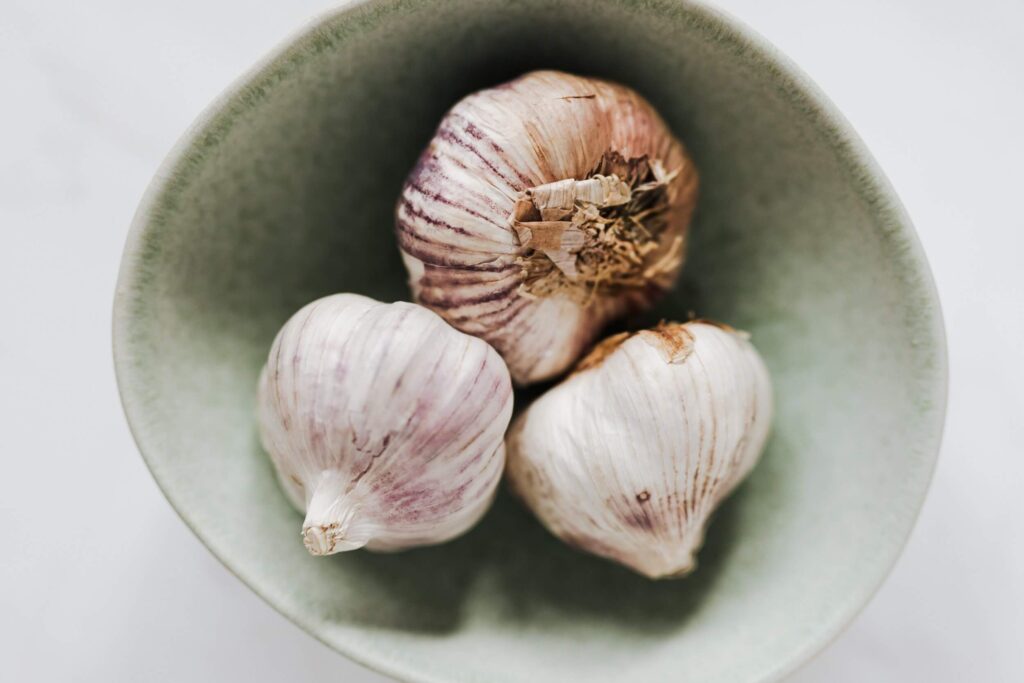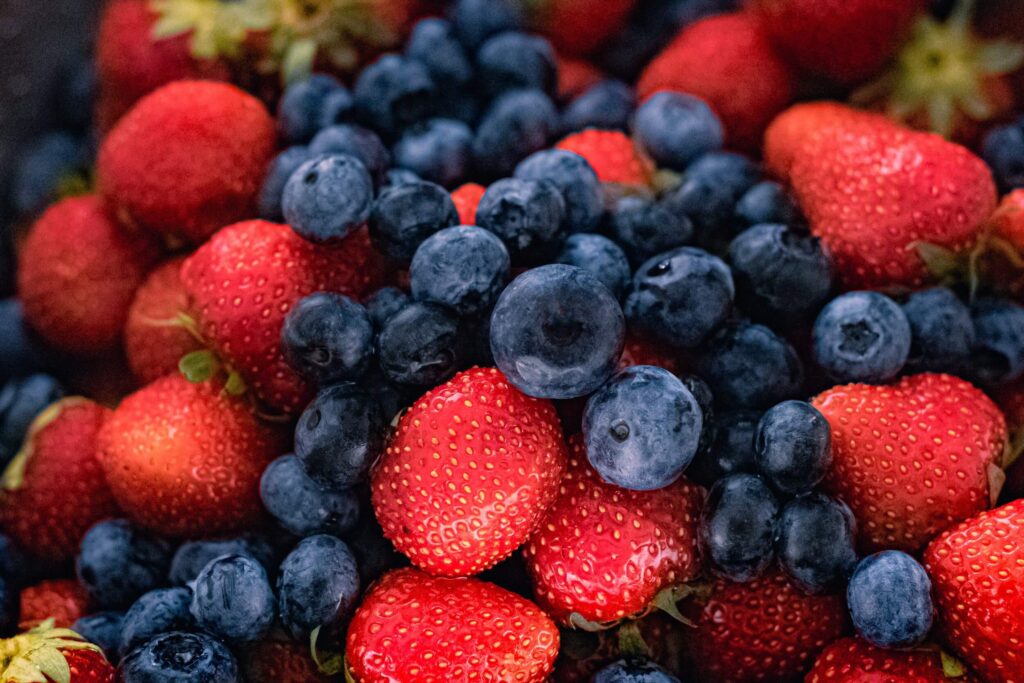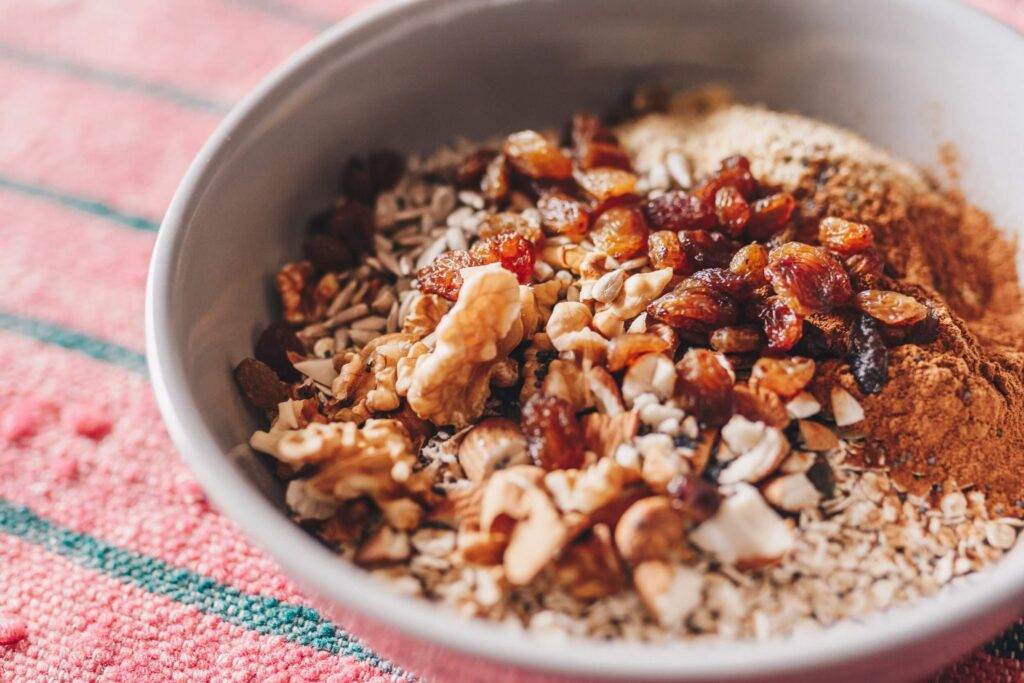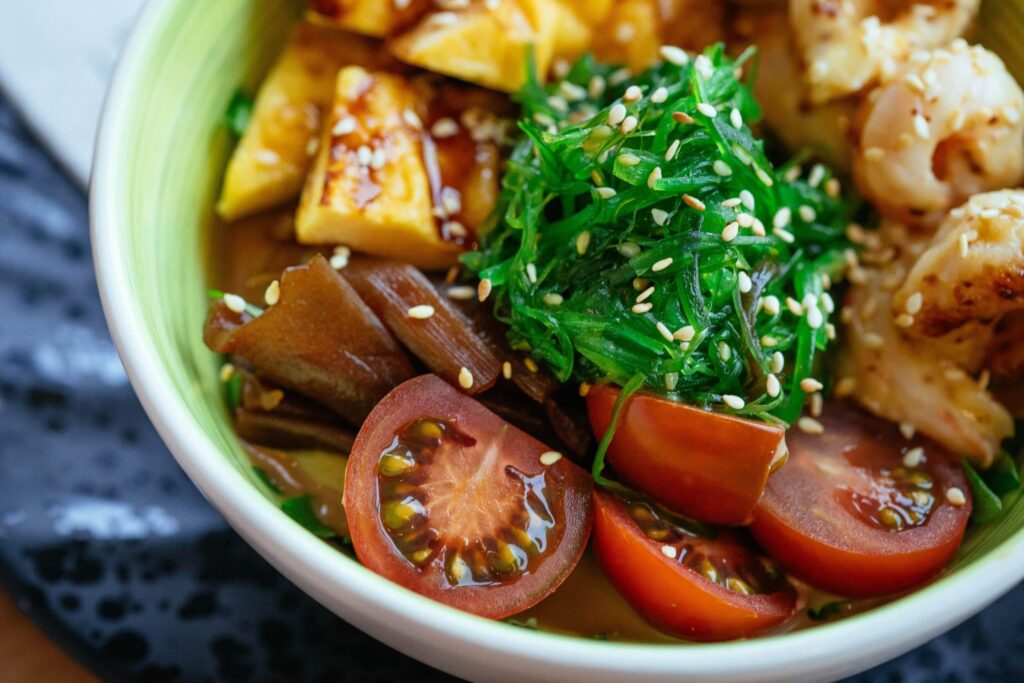Fibre, also called roughage or bulk, is an important part of our diet. The effectiveness of fibre in promoting good health is no secret, but which type do you need? Let’s look at fibre from a lens that goes beyond classifications and understand how you can get the maximum benefit from dietary fibre for your metabolic health.
Highlights
- The solubility of fibre provides a greater understanding of its role in good health,
- Plants and plant-based foods are rich sources of fibre, an indigestible carbohydrate that plays a crucial role in improved metabolic health,
- Adding plant-based food rich in both soluble and insoluble fibre can result in a healthier heart, better control of blood sugar levels and a richer gut microbiome.
What is fibre?
Found naturally in fruits, lentils, oatmeal and the like, fibre is a diverse group of non-digestible carbohydrates present in plants and plant-based foods. Dieticians recommend a daily intake of 38 grams for men and 25 grams for women. (1) Research has identified a strong link between an increase in the consumption of fibre and a decrease in the risk of heart disease, effective blood glucose control and improved bowel health. (2) (3) (4)
Classification of fibre
Fibre is broadly categorised under dietary and functional fibre. The former occurs naturally in food, whereas functional fibre is extracted and then added to processed food, like beverages and frozen food. However, this classification gives us no insights into the health benefits of fibre.
The solubility of fibre provides a greater understanding of its role in good health. Soluble fibre blends with water in the gut and forms a gel-like substance. This gel slows down digestion and hence lessens blood sugar spikes, reduces the absorption of protein and fat and has metabolic health benefits. Insoluble fibre, on the other hand, passes through the digestive system mostly intact. It helps speed the passage of food through the gut and is considered useful in avoiding constipation. (5)
Unique fibres that you should know about
Here are eight fibres and their uses:
1. Beta-glucan
This is a gel-forming soluble fibre that’s fermentable by our gut bacteria and is considered a prebiotic, providing ‘food’ for good gut bacteria. It helps satiate us and manage blood sugar levels, thanks to properties that delay the rate at which food leaves the stomach and slow transit time within the intestines. (6)
Beta-glucan also reduces the risk of coronary heart disease, as it is theorised that it can bind to the cholesterol found in stomach bile, allowing it to be naturally removed from the body. (2)
To increase your beta-glucan intake, add oats, barley, berries and mushrooms to your diet.
2. Fructan
A type of carbohydrate, fructans are a small chain of fructose—the simple sugar found in honey and fruit—and are very fermentable by friendly bacteria in the gut. Improvements in immune function, blood glucose, triglycerides and lipid metabolism are some of the benefits of adding fructans in your diet. Oligofructose and inulin are the primary fructan varieties found in food.
However, the same high fermentability is also the reason why fructans are classified as FODMAPs (fermentable oligosaccharides, disaccharides, monosaccharides and polyols), which are sugars that the small intestine absorbs poorly. FODMAPs are known to cause gastrointestinal (GI) issues in many people. (7)
Wheat, wheat products and onions are the primary sources of fructan in the modern diet. (8) Rye, barley, asparagus and garlic are some other sources. (9)

3. Glucomannan
Studies have found that glucomannan helps relieve chronic constipation. (10) It also reduces risk factors for heart disease. (12) Also known as ‘Konjac-mannan’, its remarkable solubility contributes to feelings of fullness, and supplemented with the right weight-loss methods, it can lead to modest amounts of weight loss. (11) (13) Studies also show that glucomannan improves glycemic control and the effectiveness of treatment for type 2 diabetes. (14)
Glucomannan is extracted from the root of the konjac plant or elephant yam and is commonly marketed as a weight-loss supplement. It is found in drink mixes and added to pasta and flour.
4. Inulin
Inulin, a type of fructan, is a soluble, prebiotic fibre that sets up shop in the bowels and triggers a positive feedback loop. Inulin strengthens and nourishes good bacteria in the gut. This enhances immune function due to the high-nutrient diet, which in turn allows our gut biome to influence our taste buds and we begin to crave healthy, fibre-rich food. (15)
However, since inulin is a very fermentable fructan, some people might experience GI distress.
Inulin is extracted from onions and by-products of sugar production from beets or chicory root. It is also found naturally in bananas, garlic, onions, leeks, asparagus and certain whole grains such as wheat, barley and rye.

5. Pectin
Pectin is a soluble fibre that slows the passage of food through the intestinal GI tract, helps lower LDL cholesterol and reduces the glycemic response of foods by slowing glucose absorption. This happens because pectin is quickly metabolised in the GI tract, and short-chain fatty acids (SCFA) are formed and absorbed in the bloodstream, which boosts immunity and feeds bacteria that help us process fatty acids. (16)
Pectin can be found in apples, carrots, cranberries, citrus fruits and, in smaller amounts, legumes and nuts.
6. Psyllium
Psyllium is another gel-forming soluble fibre that prevents the reabsorption of cholesterol and binds to sugars in the digestive tract. Being a soluble fibre, psyllium also helps relieve constipation by softening stool. An added benefit is that it is a prebiotic, helping feed the friendly gut bacteria. (17)
Psyllium comes from the outer husk of the crushed seeds or husk of the herb Plantago ovata. It can only be found as a supplement or as an ingredient added to other foods, like high-fibre cereals and fibre drinks.

7. Cellulose
An insoluble fibre, cellulose is nature’s laxative. Often limited in its prebiotic capacity, insoluble fibre nonetheless remains an essential part of our diet because of its ability to attract and retain water. The primary component of plant and vegetable cell walls, cellulose passes through the GI tract relatively intact, binding to other food and helping move things along. It also promotes the growth of good gut bacteria. (18) All of these functions result in improved gut health.
Legumes, nuts, seeds, edible brown rice, skins of produce, whole grains and bran are some cellulose-packed foods to add to your shopping list.
8. Lignin
Lignin is an insoluble fibre found in the cell walls of plants. It adds bulk to stool and, by hurrying things along in the digestive tract, it is believed to limit the number of times carcinogens interact with the tissue, thus reducing the risk of developing colon cancer. (19)
Lignin is most often found in wheat, flax, rye, peas, avocados and unripe bananas.
Conclusion
Plants and plant-based foods are rich sources of fibre, an indigestible carbohydrate that plays a crucial role in improved metabolic health. Adding plant-based food rich in both soluble and insoluble fibre can result in a healthier heart, better control of blood sugar levels and a richer gut microbiome. Soluble fibres form a gel in the GI tract, which helps to slow down digestion and acts as a prebiotic.
Some fibre, like psyllium and glucomannan, are available only as supplements; fresh fruit, vegetables, whole grains and seeds are rich sources of soluble fibre such as beta-glucan, fructan, inulin and pectin. To increase cellulose and lignin (types of insoluble fibre) in your diet, add legumes, beans and whole grains to your shopping list. And, in case you noticed a complete lack of animal sources for fibre, you are right–meat and dairy do not contain any natural fibre.
Disclaimer: The contents of this article are for general information and educational purposes only. It neither provides any medical advice nor intends to substitute professional medical opinion on the treatment, diagnosis, prevention or alleviation of any disease, disorder or disability. Always consult with your doctor or qualified healthcare professional about your health condition and/or concerns and before undertaking a new health care regimen including making any dietary or lifestyle changes.
References







